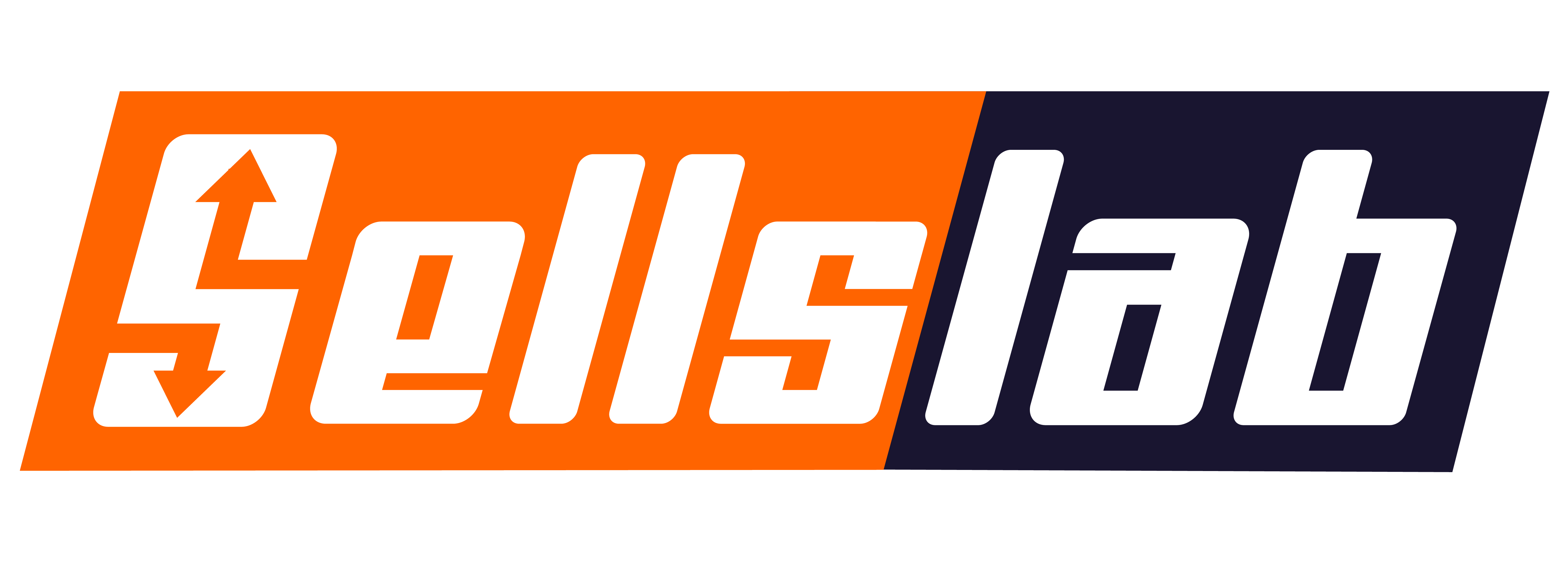Lead generation lies at the heart of every successful marketing strategy, serving as the fuel that powers business growth and drives sales. In this blog post, we’ll explore the fundamentals of lead generation and share actionable strategies to help you attract, nurture, and convert leads effectively.
What is Lead Generation?
Lead generation is the process of attracting and capturing potential customers’ interest in your products or services and converting them into qualified leads. By identifying and engaging with individuals who have shown interest in your offerings, businesses can build relationships, nurture prospects, and guide them through the sales funnel towards making a purchase.
Key Components of Successful Lead Generation
- Understanding Your Audience: Start by understanding your target audience’s needs, pain points, and preferences. Conduct market research, analyze customer data, and create buyer personas to identify who your ideal customers are and what motivates them.
- Creating Compelling Content: Develop valuable and relevant content that addresses your audience’s challenges, educates them about your industry or offerings, and provides solutions to their problems. This content can take various forms, including blog posts, ebooks, webinars, case studies, and more.
- Optimizing Your Website: Ensure that your website is optimized for lead generation by incorporating clear and prominent calls-to-action (CTAs), contact forms, and landing pages. Make it easy for visitors to navigate your site, find the information they need, and take the desired action to become a lead.
- Implementing Multi-channel Marketing: Utilize a multi-channel marketing approach to reach your target audience across various touchpoints. Leverage channels such as social media, email marketing, search engine optimization (SEO), and paid advertising to attract and engage prospects at different stages of the buyer’s journey.
- Offering Incentives and Lead Magnets: Encourage visitors to provide their contact information by offering valuable incentives or lead magnets in exchange. This could include free trials, downloadable resources, exclusive discounts, or access to gated content that addresses their specific needs or interests.
Tips for Success with Lead Generation
- Nurturing Leads: Implement lead nurturing workflows to guide prospects through the sales funnel with targeted and personalized communication. Use email marketing, marketing automation, and CRM software to deliver relevant content, follow up on inquiries, and stay top-of-mind with leads over time.
- Tracking and Analyzing Results: Monitor key metrics such as website traffic, conversion rates, lead quality, and sales revenue to measure the effectiveness of your lead generation efforts. Use this data to identify areas for improvement and refine your strategies to drive better results.
- Continuous Optimization: Continuously test and optimize your lead generation tactics to improve performance and maximize ROI. Experiment with different messaging, offers, channels, and targeting options to identify what resonates best with your audience and drives the highest conversion rates.
- Building Relationships: Focus on building long-term relationships with your leads by providing value, being responsive to their needs, and delivering exceptional customer experiences. By nurturing trust and credibility, you can increase the likelihood of converting leads into loyal customers and advocates for your brand.
Conclusion
Lead generation is a fundamental aspect of every successful marketing strategy, enabling businesses to attract, engage, and convert prospects into customers. By understanding the key components of successful lead generation and implementing strategic tactics to attract and nurture leads effectively, businesses can drive growth, increase sales, and achieve their marketing goals in today’s competitive landscape. Whether you’re a small startup or a large enterprise, lead generation offers the opportunity to connect with your audience, build relationships, and drive sustainable business success over time.

